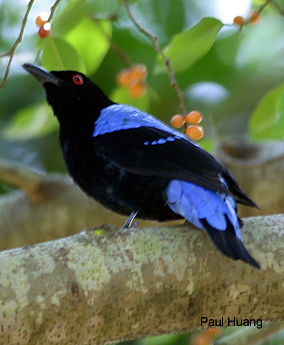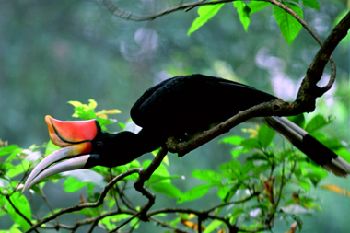Indomalayan All Birds converge in Singapore

A flock of 22 scientists converged on National University of Singapore on March 8-9, 2007 for a 2-day Indomalayan Organizational Meeting for All Birds Barcoding Initiative (ABBI), including representatives from India, Indonesia, Malaysia, Philippines, Singapore, Sri Lanka, Thailand, and individuals from European and North American museums with active collaborative research programs in this region.
 The Indomalayan biogeographic region spans a vast area of tropical biodiversity and includes inumerable islands with high numbers of endemic species. A large scale genetic survey with DNA barcoding is likely to help lead to dramatic increases in species counts in particular and better understanding of biodiversity in general. Additional collecting may be particuarly important in this region, as it is at present the least well-represented in frozen tissue collections. There was strong enthusiasm among regional participants, and recognition the initiative has public appeal and the potential to engage new sources governmental support.
The Indomalayan biogeographic region spans a vast area of tropical biodiversity and includes inumerable islands with high numbers of endemic species. A large scale genetic survey with DNA barcoding is likely to help lead to dramatic increases in species counts in particular and better understanding of biodiversity in general. Additional collecting may be particuarly important in this region, as it is at present the least well-represented in frozen tissue collections. There was strong enthusiasm among regional participants, and recognition the initiative has public appeal and the potential to engage new sources governmental support.
 I look forward to organizational and scientific progress in this exciting region.
I look forward to organizational and scientific progress in this exciting region.
This entry was posted on Thursday, March 8th, 2007 at 6:23 pm and is filed under General. You can follow any responses to this entry through the RSS 2.0 feed. Both comments and pings are currently closed.